“What sustains me is the overall value in communicating. People need to know and they need to understand in a human way. Photography is a language, with its own limitations and strengths, but these are my tools, so I have to try and use them well. I want my pictures to be powerful and eloquent. I want to reach people on a deep level. Because I’m presenting my images to a mass audience, I have to have faith that people care about things. People are innately generous, and if they have a channel for their generosity, they’ll respond. People know when something unacceptable is going on, and they want to see it change. I think that’s the basis of communication. Mass awareness is one element of change, but it has to be combined with political will.”
Há 15 anos, James Natchwey estava em Nova Iorque no dia 11 de Setembro de 2001 (aka, 9/11). Acordou cedo nesse dia. Efeitos do jet lag: tinha chegado de França na noite anterior. A sua presença em Nova Iorque não era comum uma vez que passava a maioria do seu tempo seguindo a geografia da guerra. Nesse dia a guerra veio até ele. Tomou café na face este do seu loft em Water Street. Olhando na direcção da ponte de Brooklyn recorda-se de ter pensado que há muito tempo que não via um céu tão limpo e azul. A ponte estava iluminada por trás e com o rio reflectia luz ainda rasante do sol. Reparou, entretanto, que na cobertura de um prédio adjacente havia um grupo de pessoas a olhar para oeste e apontando para o céu. Atravessou o loft para a sua face oeste e viu a torre norte do World Trade Center em chamas. Alguns minutos depois, um segundo avião atinge a torre sul. O instinto de Natchwey – provavelmente o maior dos fotógrafos de guerra do nosso tempo – fê-lo sentir que este era um acto de guerra. Pegou nas suas câmaras e em todos os rolos de película que tinha e pôs-se a caminho das torres gémeas.
Ei-lo na sua própria casa a fazer o que costumava fazer em trabalho: correr na direcção dos eventos dos quais as pessoas fogem. O facto de isto acontecer no seu próprio terreno tornava as coisas diferentes: “I’ve always gone away, and been involved in other people’s tragedies and dangerous situations, and coming back to America was always a refuge. But now the war had reached us, and I think we became part of the world at that point in a way that we hadn’t been before. Maybe it was a long time in coming, but it’s happened now, and nothing will ever be the same.”
Eram 10:29 quando Natchwey ouviu o que descreve como um som que “sounded like a waterfall in the sky,”. Ao olhar para a torre norte que colapsava teve um sentimento de morte eminente: “I understood instantly that I had about five seconds to live, and that my chances of surviving this were very slim. It was actually a very beautiful sight, with the smoke and the metal and the paper against the blue sky. It was visually stunning, one of the most beautiful things I’ve ever seen. But it was going to kill me, and there was no time to take a picture.” Instintivamente procurou uma escapatória. E esta surgiu na porta de um hotel do lado oposto da rua para qual se precipitou e refugiou-se num elevador que se encontrava aberto, à medida que tudo à volta escurecia. “You couldn’t see a thing. I might have been dead, except that I was suffocating, so I knew I must be alive.” Passado algum tempo começou a ver pequenos pontos luminosos que acabariam por se revelar as luzes de carros de polícia abandonados. Regressou ao “ground zero”.
As imagens que Nachtwey captou nesse dia estão entre as mais icónicas do 11 de Setembro.
Uma das coisas que, nesse dia, marcava a diferença face a todos os campos de batalha nos quais Natchwey tinha estado presente anteriormente era a ausência de corpos: “The absence of bodies put your heart in your throat, understanding how great the loss must be. There was no one to rescue, no one to treat. They were all underneath the wreckage, and they were all dead.”
Natchwey permaneceu no local o resto do dia fixando imagens em 27 dos 28 rolos com os quais partiu de casa – um dos rolos ofereceu-o a um outro fotógrafo.
Nachtwey nasceu em Siracusa, Nova Iorque, no ano de 1948. Estudou história da arte e ciência política. Viria a iniciar a sua carreira como fotojornalista em 1976. Em 1980 estabelece-se como freelancer e ruma a Nova Iorque. Cobriu um longo rosário de conflitos de uma absurda crueldade e violência em geografia como o Ruanda, Paquistão, Afeganistão, Chechénia, Bósnia, Kosovo ou África do Sul.
Nove dias passados sobre o 15.º aniversário do 11 de Setembro servem como mote para falar de Natchwey. Mas Natchwey é mais – muito mais – que o seu trabalho desse dia. Um dos mais notáveis fotógrafos de guerra de sempre e um dos fotógrafos maiores do nosso tempo.
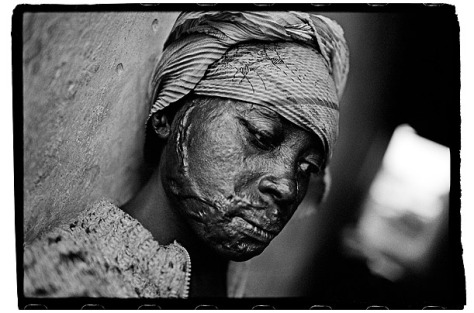
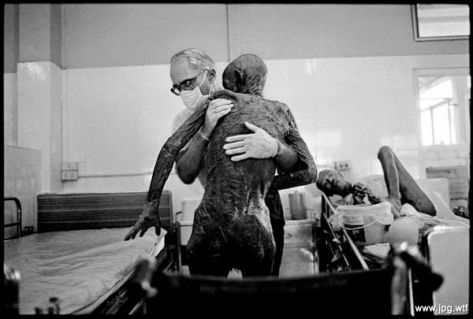
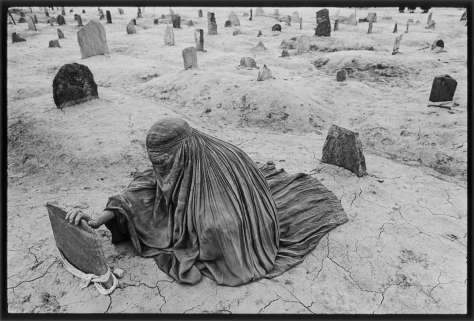
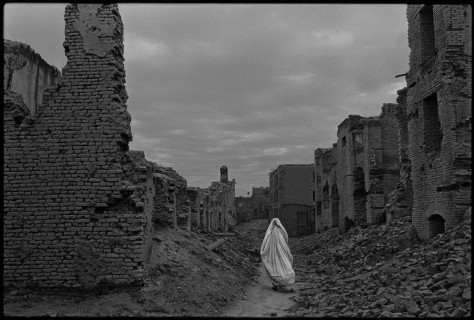
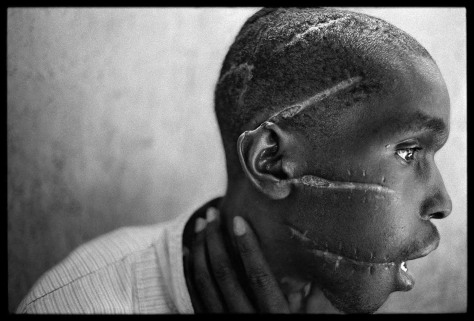
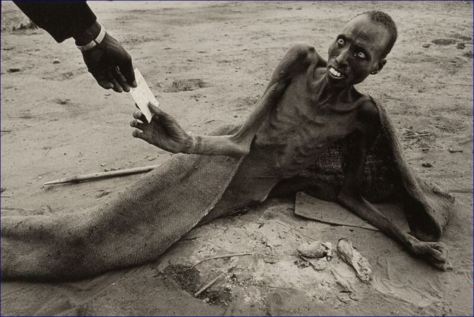
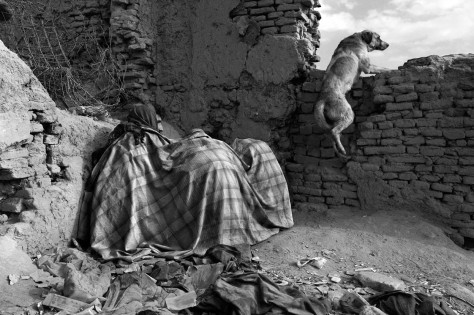
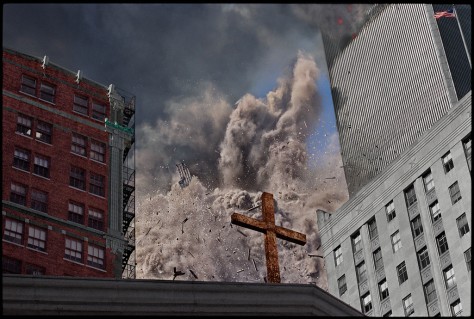
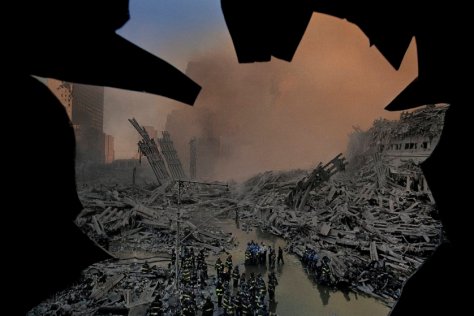
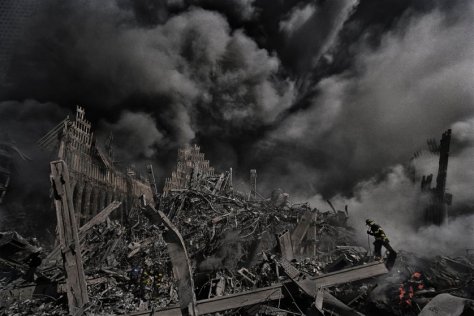
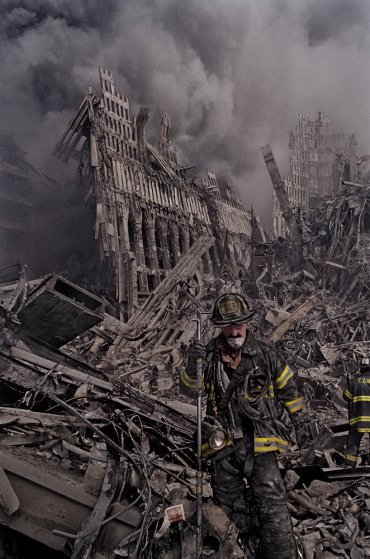
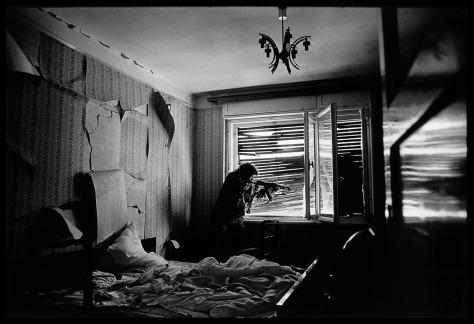
Os fotógrafos desta rubrica, estão disponíveis, após a sua publicação, em: Um fotógrafo às terças, com acesso ao arquivo por nome de autor.
